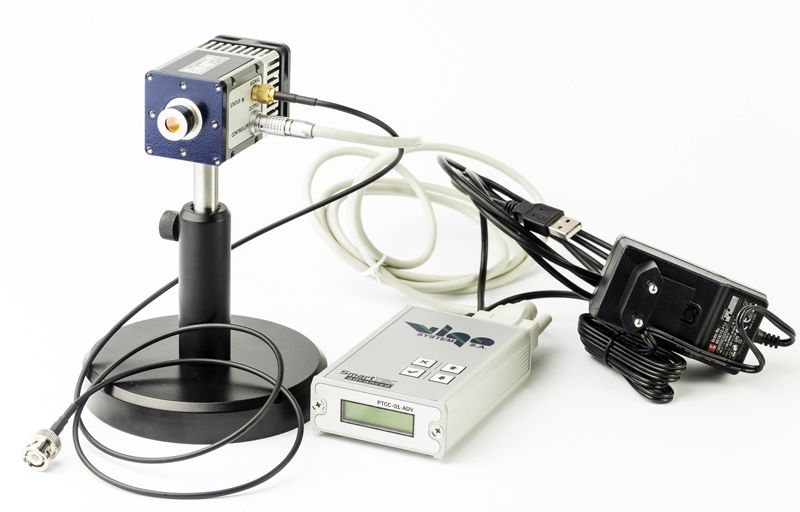Laser-based Ultrasound Detection System Identifies Deadly Water Bacteria in Hours
Published on by Water Network Research, Official research team of The Water Network in Technology
The WaterSpy system uses a laser, photodetector, and ultrasound techniques to identify deadly bacteria in water in hours rather than days.
A European research team is mid-way through the development of a photonic-ultrasound-based detector, which the group says “will save water companies from closure in the wake of tough new drinking-water regulations, soon to be implemented by the WHO.” The so-called Waterspy system will achieve this by providing the quickest ever safety diagnosis for deadly waterborne bacteria.
 WaterSpy relies on a laser configuration, photodetectors and ultrasound particle manipulation, Via Optics
WaterSpy relies on a laser configuration, photodetectors and ultrasound particle manipulation, Via Optics
Since the concentration of contaminants can be very low, the deadly trio of bacteria are often hard to detect. The current process involves water samples being taken and sent to a remote laboratory, and with bacteria traces often so small, a period of 24 hours is needed to allow the pathogens to cultivate.
However, a Photonics PPP Horizon 2020-funded water-safety project WaterSpy is well on the way towards developing a solution: a portable laser-based, water quality analyser employed at critical points on a water distribution network that provides a reading in a matter of hours rather than days.
Prototype
At the mid-point of the project (18 months in) the team has developed its prototype. Now the WaterSpy developers, led by Dr Alessandro Giusti, will take the device to be tested in two sites in Genova, Italy: the Prato Water Treatment Plant, and the entry point of the Genova water distribution network.
“Most water companies,” said Dr Giusti, who is manager within the coordinating organisation explains, “will struggle to meet the impending stricter water quality laws if they simply carry on as they are right now. Current technologies for bacterial diagnosis are very slow and some of the faster ones are still not precise enough. So, new technologies, such as WaterSpy are needed.”
Using the latest photonics technology, the device – a novel laser configuration combined with new photodetectors and ultrasound particle manipulation – is suitable for inline, field measurements.
“Although the water that comes out of your tap is safe before it gets to you, water utilities, public authorities and regulators rely heavily on frequent sampling and laboratory analysis. This is both time-consuming and expensive. WaterSpy intends to speed this up, enabling huge savings and providing real-time critical data.”
“The speed of our device is unprecedented: a full sample analysis will take up to six hours to complete so comparing this to the 2-3 days it takes with existing methods, we expect results 12 times faster than the current standard. WaterSpy is relatively cheap and will adhere to incoming regulatory requirements in terms of specificity and sensitivity levels.”
”We are working on the integration of our first integrated prototype; this week we are in Vienna for this reason. This will be tested in the lab, mainly to check compatibility issues of the various modules. The field version is expected by the end of 2018.”
Read full article: Optics
Find out more: WaterSpy
Media
Taxonomy
- Treatment
- Treatment Methods
- Filtration
- Technology
- Filtration
- water treatment
- Disinfection